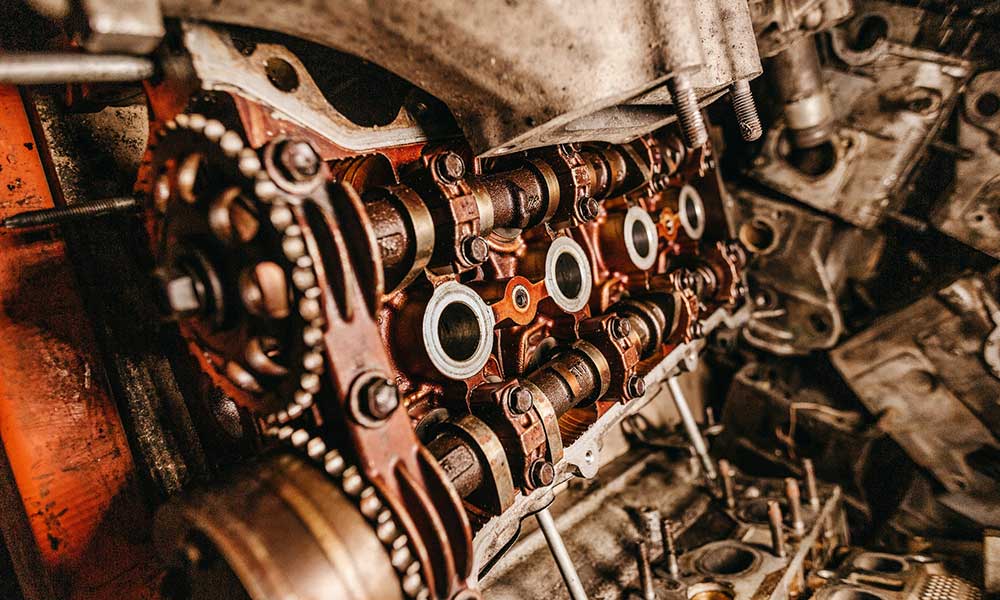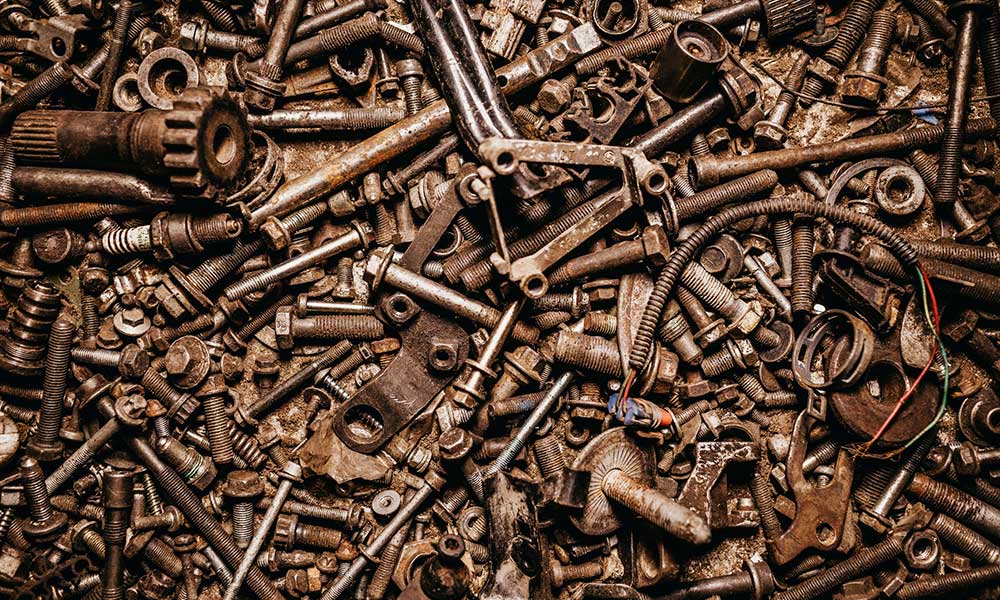Your battery is one of the simplest and most important parts in your vehicle. It kicks the engine into gear and also supplies power to all of the vehicle’s electrical components, including the air conditioning and sound system.
If your battery has been well maintained and properly treated, it will last for several years and ensure that you’re not constantly frustrated as it fails to start. In this guide, we’ll look at the do’s and don’ts of car batteries, helping you to prolong the life of your new or used battery while ensuring that you use it, maintain it, and dispose of it safely.
Car Battery Do’s
For peak performance and minimal issues, follow all of these car battery tips. They could help you to prevent an inconveniently-timed dead battery and greatly extend the battery life.
Do Keep Your Car Covered
If you have a garage, use it. It will protect your car and its components against intense heat and cold, both of which can seriously reduce the lifespan of your battery.
Battery fluid can evaporate under constant heat and we’ve all experienced the frustration of trying (and failing) to start a car on a frosty morning.
Do Be Aware of the Signs
Look out for the signs that your battery is on its last legs or has problems that need to be addressed. These issues can range from dim lights to the engine cranking when you start the ignition. There may also be an unusual smell indicating leakage or even a battery light on your dashboard.
All of these things suggest that it’s time to visit a mechanic and get your battery checked over.
Do Clean the Terminals and Cables
All car parts are susceptible to corrosion and your battery is no exception. A quick clean will do a world of good in protecting against corrosion damage.
Make sure the engine is off, slip on a pair of rubber gloves and safety goggles, remove the cables, and use a wire brush and a concoction of baking soda and water to clean the battery posts and the ends of the cables.
Do Keep Jumper Cables On Standby
You can follow all of the steps in this guide and still struggling with a dead battery every now and then. Make sure you’re prepared for the worst by keeping some jumper cables in your trunk at all times.
It could save you a lot of money in tow fees, providing you have a friend you can call for help in your time of need.
Do Protect the Battery
You can prolong the lifespan of your battery using protective sprays. They’ll protect cables, battery terminals, and bulkhead connections, making maintenance easier and giving you a few more months.
Do Be Careful When Disconnecting Battery Cables
Whenever you disconnect the battery, make sure you remove the negative cable before the positive, thus preventing a short circuit.
Car Battery Don’ts
If you don’t want your battery to die on you when you need it most, avoid doing any of the following things.
Don’t Leave Your Headlights On
Leaving the headlights on will seriously drain your car battery, so make sure you turn them off when you leave the car. Double-check that the lights are off, the doors are closed, and the car is safe before returning home on an evening.
Don’t Wait for a Dead Battery
Don’t treat your car battery like you treat your phone, waiting for it to die completely before you think about charging it. Check your battery at least a couple of times a year, with one of those coming at the end of the summer.
Don’t Drain The Battery
If you’re listening to music, charging your phone, and generally using your car as a power source, turn on the engine to give it a little support.
Summary: Proper Maintenance and Handling
If you follow the simple steps above, you could get a few more years out of your car battery and prevent it from misfiring on those cold mornings when you’re late for work and everything seems to be going against you.









